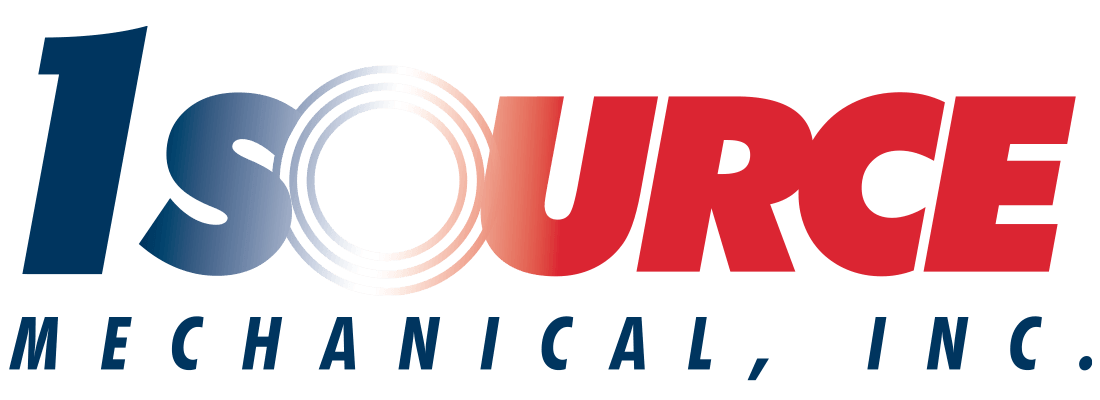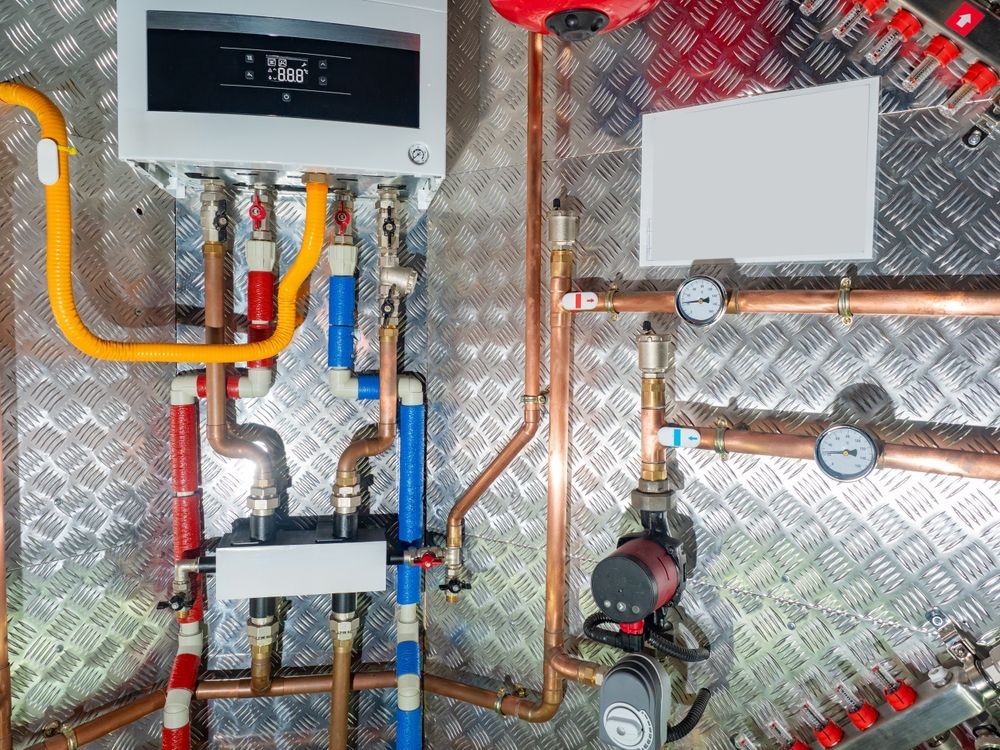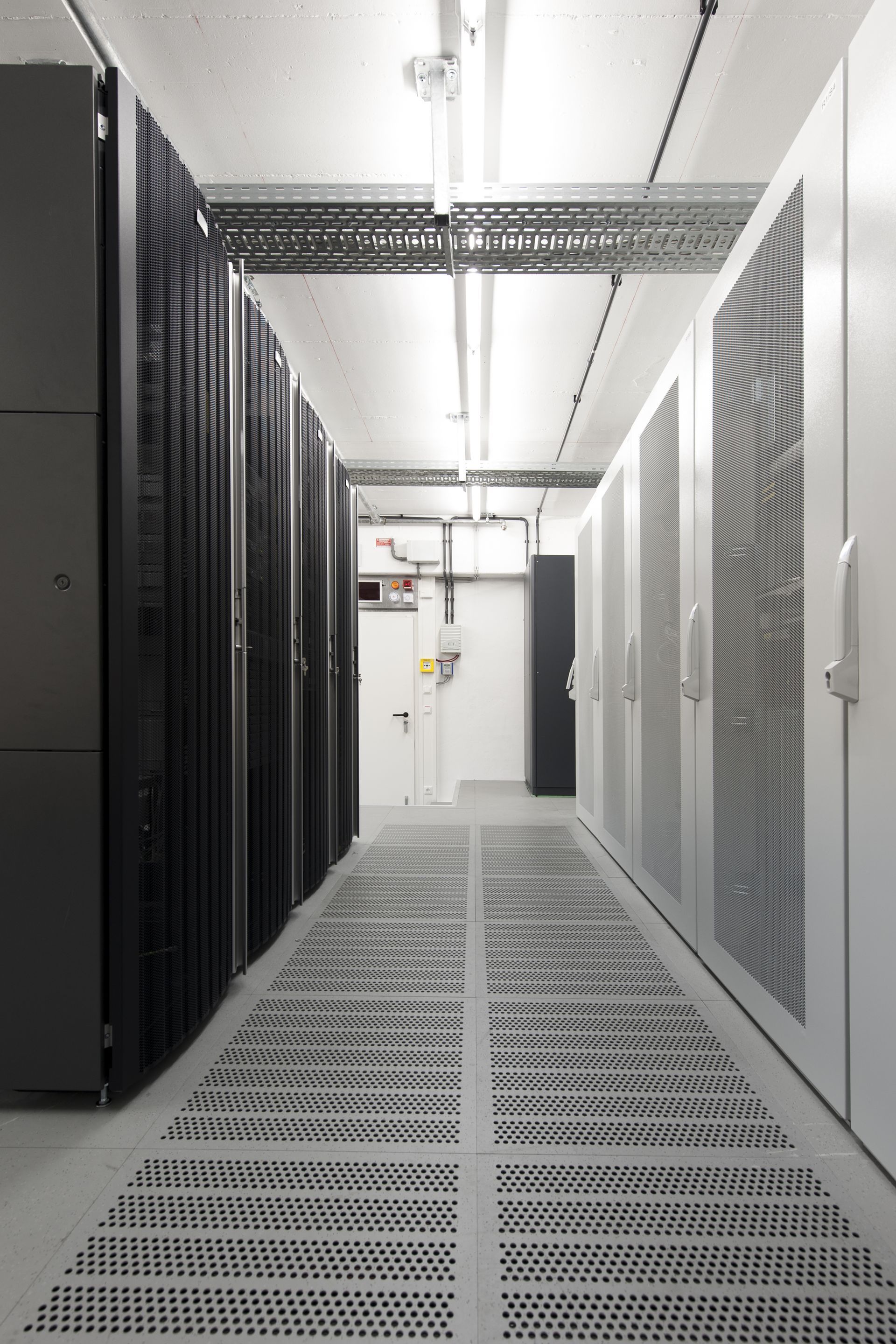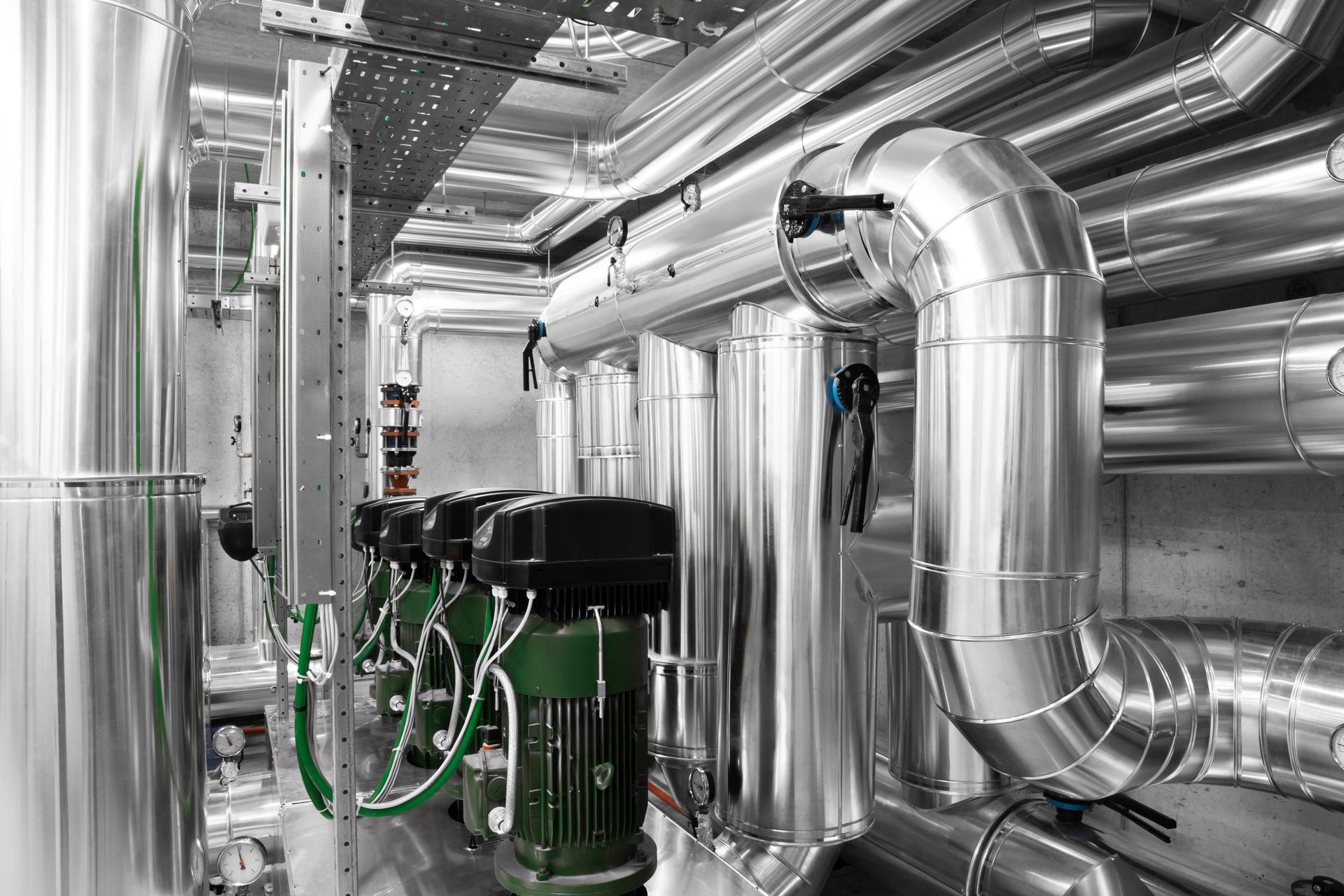How Do HVAC Systems in High Rise Buildings Work?
Written by: 1 Source Mechanical
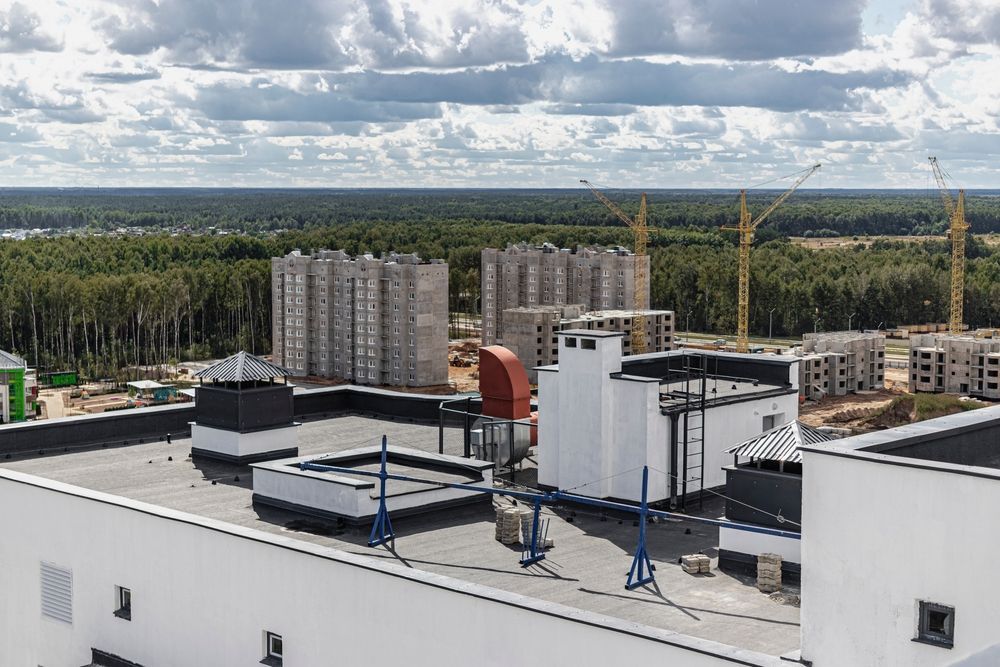
High rises, whether they are residential, commercial, or mixed used, require specialized HVAC systems. These structures present challenges that standard HVAC systems are not equipped to handle. There are issues around temperature control, air circulation, and humidity management, and it takes a different type of HVAC to control the internal climate and ensure air quality.
Conditions are different on different floors of a high rise. There are temperature and humidity microclimates in different parts of the structure. Outside temperature is generally lower near the top of the building. Air pressure varies from the upper stories to the lower ones. Air circulation presents unique challenges in a tall building. These factors require an HVAC system in high rise building that is specifically designed for the job.
Components of HVAC Systems in High-Rise Buildings
High rise HVACs are complex. There are a number of components, and each relies on and interacts with the others. There are the standard components that are present in all HVAC systems, and there are special components and technological innovations that support the stricter requirements of a high rise HVAC.
- Heating systems include the boilers and heat pumps responsible for the distribution of warm air and hot water throughout the system.
- Air conditioning chiller systems and refrigerant flow systems provide cooling for all the floors.
- Ventilation systems include filters and sensors and facilitate the exchange of internal and external air.
- Advance control systems are especially important in high rise HVACs because of the sophisticated real-time integration that is required for heating, air conditioning and ventilation systems to work together.
- Zoning systems split the building into zones and allow precise climate control in specific sections of the building. At any given time, the heating or air conditioning operates only where it is needed. Unnecessary heating or cooling of infrequently occupied areas is avoided.
- Smart thermostats allow for remote monitoring and control of temperatures, varying them as needed through the structure.
- Variable refrigerant flow (VRF) systems control the amount of refrigerant flowing to and controlling the temperature in various zones.
- Air purification devices include filters and other purification systems to remove pollutants and pathogens.
- Energy recovery ventilators capture waste energy from exhaust and pre-condition incoming fresh air.
Types of High-Rise HVAC Systems
Several types of systems have commonly been used in high rise HVAC.
- Packaged units have been the traditional high rise HVAC system. An advantage is that they can be installed in an existing wall opening. They tend to be noisy and provide less comfort than more modern systems.
- The central water-cooled system uses a central cooling tower and a boiler. There are water-sourced heat pumps in each of the units. This works well to provide ventilation and comfort, but the extensive piping system can be at risk for leaks.
- Individual split systems consists of separate units for each room on each floor. They are relatively inexpensive to install, but they can take up a lot of space in each unit.
- Four pipe water systems have pipes for boilers and air-cooled chillers. They provide both hot and cool air using fan coils in each unit. While these systems are energy efficient, they are also expensive to install.
- Variable refrigerant flow (VRF) systems provide customized heat and cooling to each unit in the building. The efficiency and comfort make it a popular choice today.
With new high rise buildings, it’s becoming common practice for architects and engineers to design the HVAC system as part of the overall design of the structure. This leads to HVAC that works as effectively and efficiently as it possibly can because it’s optimized for a specific high rise.
Benefits of HVAC Systems in a High-Rise Building
High-rise HVAC systems get more sophisticated with each new building. With better understand of energy-efficient design, even more capable advanced control systems, and the increased use of zoning, comfort and cost-effective operation are at an all-time high.
High rise HVAC is not merely about climate control. These HVAC systems also address productivity, occupant well-being, operational costs and environmental impact.
These are just a few of the benefits:
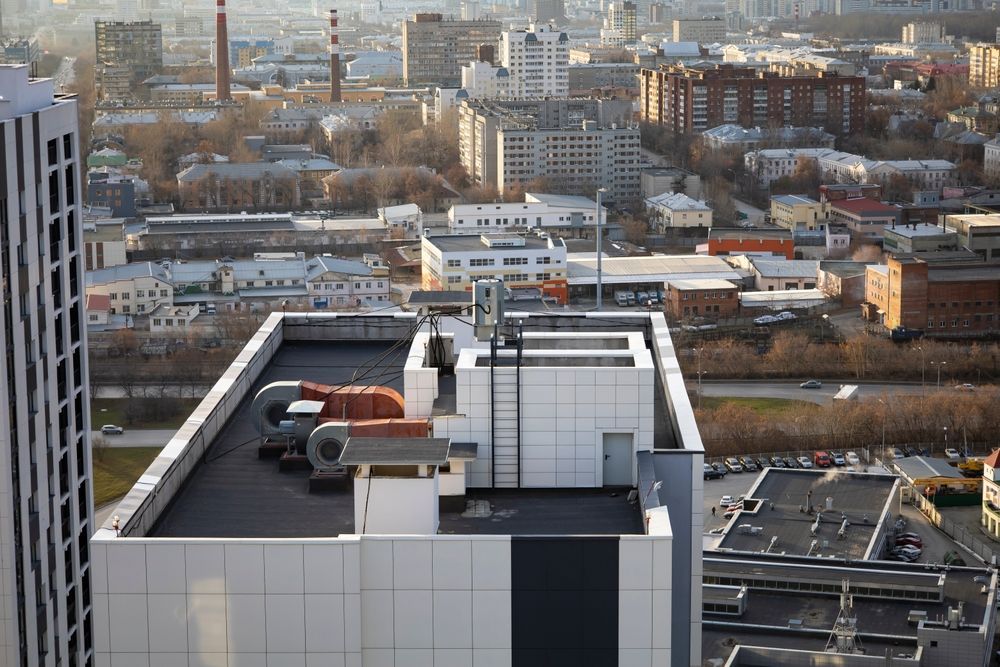
- Human comfort. A suitable temperature and humidity is critical for residents and office workers. A comfortable building is a building where floor space will be in demand.
- Improved air quality. Effective ventilation and filtration systems keep pollutants and pathogens out of the environment, ensuring a healthy building for everyone who lives or works there. Risk of respiratory issues is greatly reduced.
- Increased productivity. Office workers who spend their days in a building controlled by good high rise HVAC work more effectively and productively. Studies have demonstrated the effects of comfortable indoor conditions on satisfaction and productiveness.
- Lowered operating costs. With zoning and advanced controls, it’s possible to direct heat and cooling only where it’s needed. The U.S. Department of Energy states that efficient HVAC systems can reduce energy bills by as much as 30 percent.
- Lower environmental impact. Lower energy usage is good not only for the building owner but for the planet as well. Buildings with efficient HVAC reduce their carbon footprint and promote environmental sustainability.
Maintaining and Monitoring HVAC Systems
High HVAC systems are complex, and they need to be managed and maintained. You won’t enjoy the maximum benefits and longevity unless you keep them running at their peak efficiency. That means preventative maintenance, regularly scheduled inspections, and timely repair of small problems before they can become big ones. It includes ongoing monitoring and predictive maintenance based on building trends. It takes an HVAC company with expertise and experience.
1 Source Mechanical is the leading commercial HVAC installation, maintenance, and repair company in the Chicagoland area. We’re locally owned, and we provide reasonable prices, warranties, and service agreements that are customized to your buildings and your situation. Our technicians average 20 years of experience, and our services are available 24/7. Contact us today for a free estimate.
